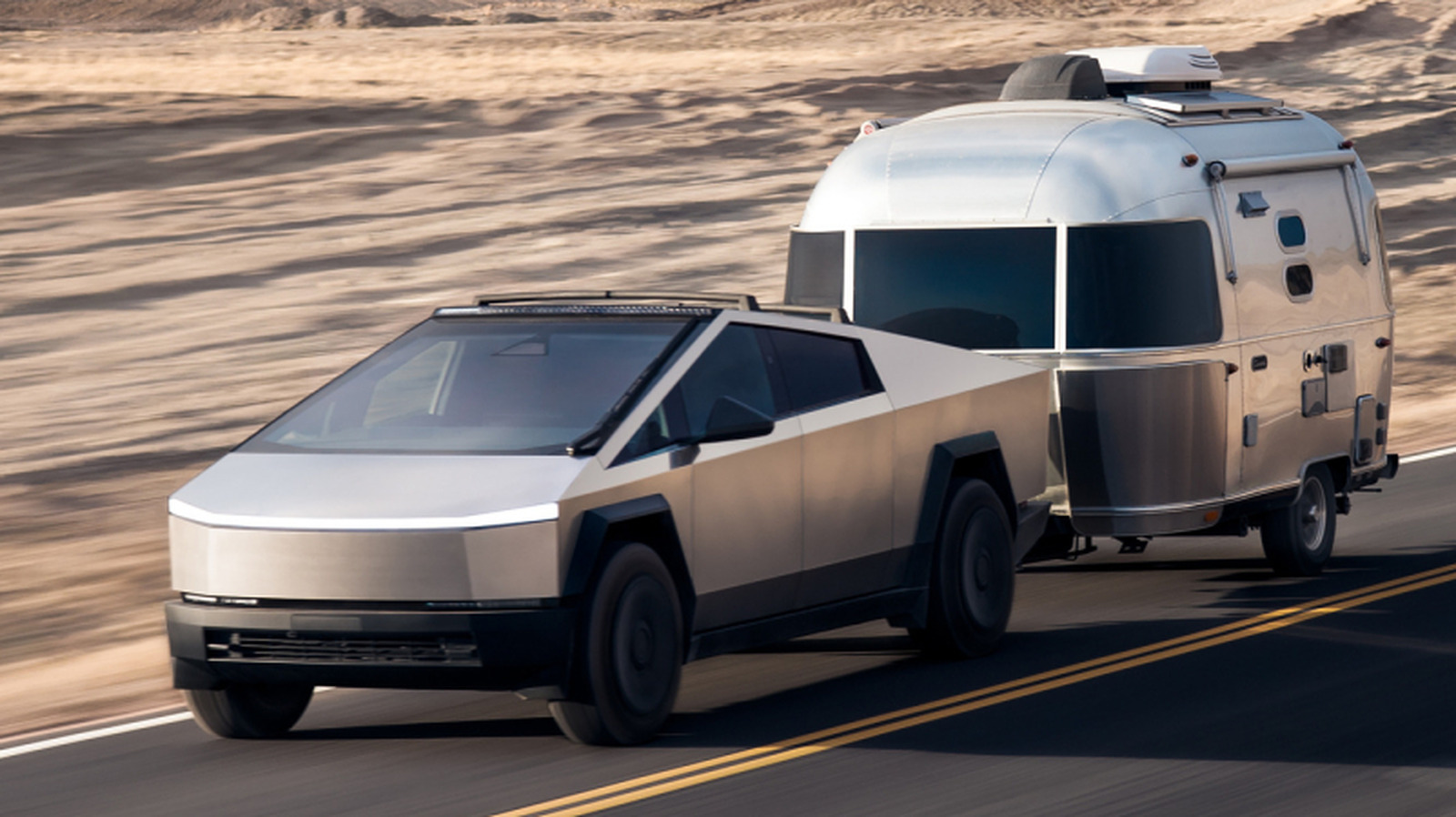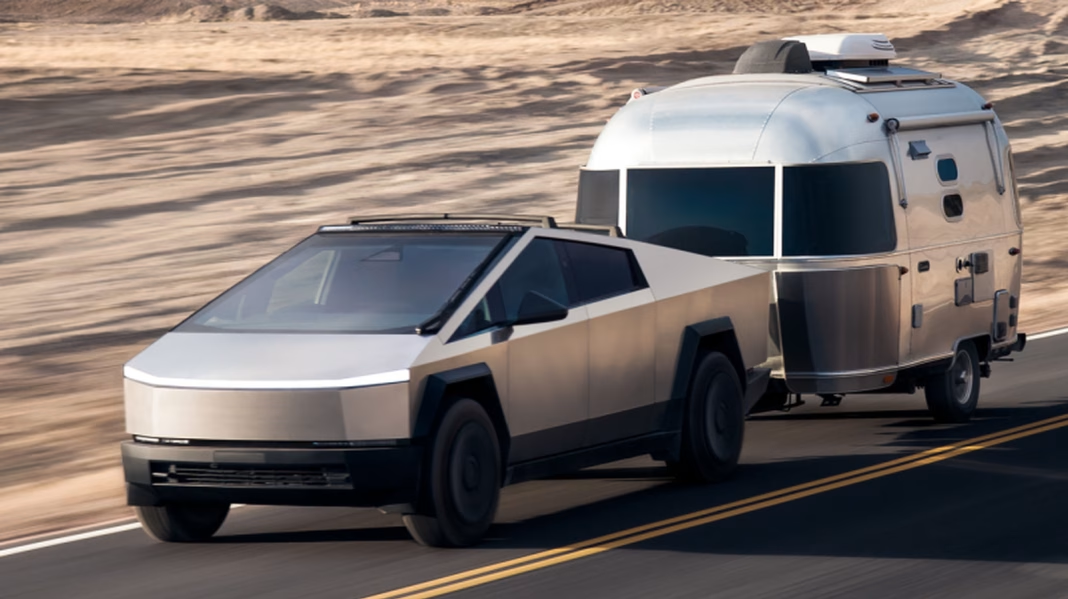Tesla’s recent earnings report has sent ripples through the automotive world, particularly concerning the much-anticipated Cybertruck. If you’ve been following the electric vehicle scene, you might have noticed that the buzz around this futuristic pickup has dimmed significantly. So, what’s going on with Cybertruck sales? Let’s dive into the details.
What’s Behind the Cybertruck Sales Slump?
First off, it’s essential to understand that the Cybertruck was supposed to be a game-changer for Tesla. With its unique design and ambitious features, it aimed to capture a significant slice of the pickup market. However, the reality is that sales have not lived up to the hype. The earnings report revealed that Cybertruck deliveries are lagging, and the company is grappling with production challenges.
One major factor could be the vehicle’s unconventional design. While some people love the bold, angular look, others find it off-putting. This polarizing aesthetic might be limiting its appeal to a broader audience. Moreover, the pickup market is notoriously competitive, with established players like Ford and Chevrolet offering well-loved models that have been refined over decades. Tesla’s entry into this space isn’t just about electric power; it’s about winning over traditional truck enthusiasts who might be hesitant to switch brands.
Are Production Issues to Blame?
Production hurdles have also played a significant role in the Cybertruck’s rocky start. Tesla has faced delays in ramping up manufacturing to meet demand. The company has ambitious plans, but turning those plans into reality can be a different story. As of now, it seems that Tesla is still working out the kinks in its production line, which can frustrate potential buyers eager to get their hands on a Cybertruck.
Additionally, the ongoing supply chain issues that have plagued the automotive industry since the pandemic are still affecting Tesla. Shortages in critical components can slow down production and lead to longer wait times for customers. This situation can deter buyers who might opt for competitors with more readily available vehicles.
What’s Tesla’s Strategy Moving Forward?
In light of these challenges, Tesla is trying to reposition the Cybertruck. The company is working to market it as an “everyman” vehicle, aiming to broaden its appeal beyond just tech enthusiasts and die-hard Tesla fans. This shift could be a smart move, as it opens the door to a more diverse customer base.
Tesla’s marketing strategy may also involve emphasizing the practical benefits of the Cybertruck, such as its towing capacity, durability, and electric efficiency. By highlighting these features, Tesla hopes to attract buyers who prioritize functionality alongside innovation.
What Can We Expect Next?
Looking ahead, it’s clear that Tesla has some work to do. The company needs to address production issues while also refining its marketing strategy to ensure the Cybertruck resonates with a wider audience. If they can successfully navigate these challenges, there’s still potential for the Cybertruck to become a significant player in the electric pickup market.
The big takeaway? The Cybertruck isn’t just about flashy design; it’s about making smart adjustments to meet consumer needs. If you’re considering an electric vehicle, keep an eye on how Tesla evolves its approach in the coming months. With the right tweaks, the Cybertruck could still find its footing and become a beloved option for truck lovers everywhere.


